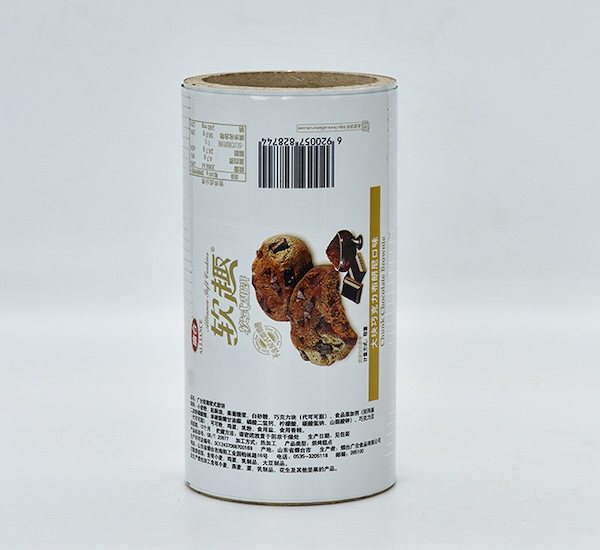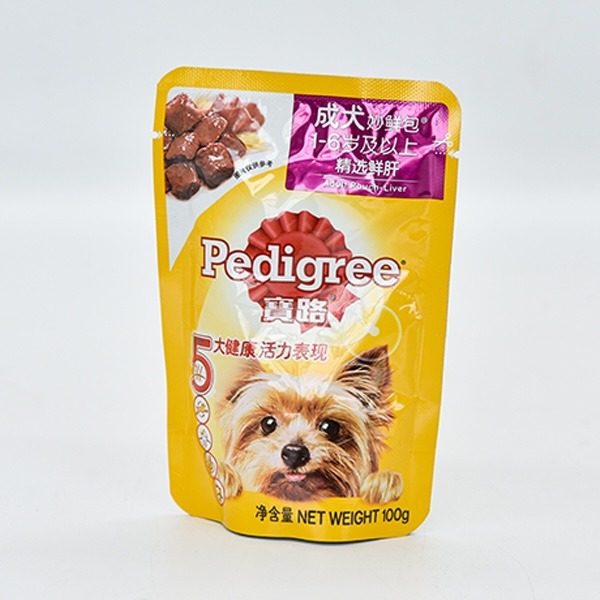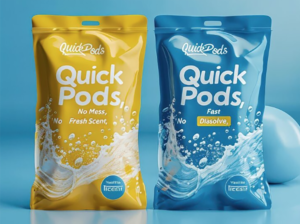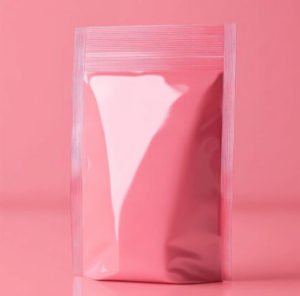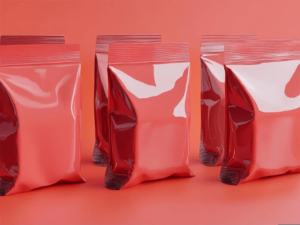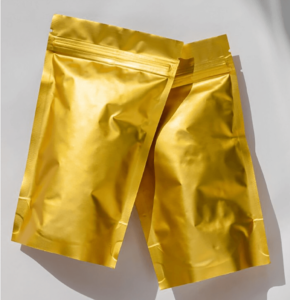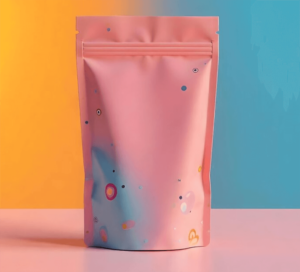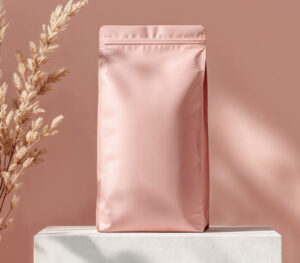When it comes to packaging, businesses face a critical decision: which format will best meet their needs? Two common choices that have gained significant traction in the packaging industry are rollstock and pouches. Both offer their own unique benefits, but the right option for your product depends on factors such as your product type, production scale, cost considerations, and consumer expectations.
In this blog, we’ll break down the differences between rollstock and pouches, evaluate the benefits and drawbacks of each, and offer guidance to help you choose the best option for your specific product needs.
What is Rollstock Packaging?
Rollstock packaging consists of flexible packaging material that comes in large rolls. These rolls are then fed into packaging machines, where they are formed, filled, and sealed into bags or pouches. The material used for rollstock is usually a film made from plastics like polyethylene (PE), polypropylene (PP), or polyester (PET). Rollstock packaging is popular because it is highly customizable and allows for fast production runs.
What is Pouch Packaging?
Pouch packaging refers to pre-formed, ready-to-fill bags typically used for single-serve or multi-serve applications. Pouches can be made from a variety of materials and are available in many formats: stand-up pouches, flat pouches, gusseted pouches, and more. They are commonly used for packaging products like snacks, beverages, cosmetics, and health supplements.
Unlike rollstock, which requires a machine to form the bag, pouches are already shaped and ready to be filled and sealed. This can make pouch packaging a more convenient option for smaller-scale production or for products that require a specific shape or structure.
Rollstock vs. Pouches: Key Differences
Both rollstock and pouches offer significant advantages, but they also come with some trade-offs. Let’s dive deeper into the unique features of each option.
1. Cost Efficiency
Rollstock generally offers a more cost-effective solution for high-volume production. Since you’re purchasing packaging material in bulk rolls, the overall cost per unit is often lower. Additionally, rollstock packaging can be used in various formats and sizes, meaning you can streamline your packaging process and avoid purchasing multiple types of pre-formed packaging. This cost savings can be crucial for companies looking to cut packaging costs while still maintaining high-quality packaging for their products.
Pouches, on the other hand, typically come at a higher price per unit. Since pouches are pre-formed and ready to fill, the production process is faster and more convenient, but the material cost per pouch can be higher than that of rollstock. This is especially true for custom pouch shapes or sizes. For small-scale production or brands that prioritize convenience, pouches may be the right option, but for large-scale manufacturers, the cost-efficiency of rollstock may be a better choice.
2. Customization and Design Flexibility
Rollstock offers greater flexibility in terms of design customization. Since the material comes in rolls, businesses can print high-quality graphics and logos directly onto the packaging material before it’s formed into bags. This allows for more complex designs, larger print areas, and better control over the final look of the package. You can also adjust the design based on different product lines or packaging needs, making rollstock a great choice for companies that require flexible, high-volume packaging solutions.
Pouches, while customizable, tend to have more limitations when it comes to design. Pre-formed pouches often have set sizes, shapes, and print areas, which can restrict how much you can customize the packaging. However, advancements in pouch printing technology have made it easier for businesses to print high-quality graphics and logos, so this limitation is becoming less of an issue for some companies. If you’re looking for a unique or complex shape, though, rollstock may offer more flexibility in terms of design.
3. Packaging Speed and Production Efficiency
Rollstock is ideal for high-speed, high-volume production. It’s typically used in automated packaging lines that allow for quick and efficient production of large quantities of products. If your business requires fast, continuous production, rollstock can help you keep up with demand while maintaining quality. The ability to use the same material for various product types and sizes also makes rollstock an efficient option for businesses with diverse product lines.
Pouches, on the other hand, may require more setup time for production. While pouches are convenient because they’re pre-formed, they may not be as fast to produce as rollstock, especially in automated systems. Depending on your packaging needs, the additional time it takes to fill and seal pouches can slow down production speed. However, if you’re producing smaller batches or products that require special attention, pouch packaging may still be more efficient in these cases.
4. Storage and Inventory Management
Rollstock packaging requires a large storage space for the rolls, which may not be ideal for businesses with limited warehouse space. However, since rollstock material is more compact and can be used for a wide range of packaging formats, companies can typically store large quantities of material without taking up too much room. This is particularly useful for businesses that produce multiple products using the same material.
Pouches typically require more storage space, especially if you’re dealing with pre-formed bags in various sizes. The pre-formed nature of pouches means that you’ll need to stock different pouch types for different products, which could complicate inventory management and increase storage costs. However, if your business deals with a smaller variety of products or has space to store large quantities, pouches can still be a good option.
5. Sustainability
In today’s eco-conscious market, sustainability is a major factor in packaging decisions. Both rollstock and pouches can be made from recyclable or biodegradable materials, but rollstock often provides more options for sustainable packaging solutions. The ability to reduce waste by using the exact amount of material needed and the possibility of using eco-friendly films make rollstock a strong contender for businesses aiming to go green.
Pouches can also be sustainable, but they’re generally less efficient than rollstock when it comes to minimizing material waste. Some pouch materials are harder to recycle, especially if the packaging contains multiple layers or if it’s not made from recyclable plastics.
Which is Best for Your Product?
When deciding between rollstock and pouches, it’s essential to consider the specific needs of your product. Here are some key questions to ask:
- What is the production volume? If you’re producing large volumes of products, rollstock might be the better choice. For smaller, more boutique products, pouches could be more suitable.
- What kind of customization is required? If you need highly customized designs and high-quality printing, rollstock offers more flexibility. Pouches are great for standard designs but might be more limited.
- What is your budget? If you’re working with a limited budget, rollstock can help reduce costs, especially for large-scale production. However, if ease of use and speed are priorities, pouches might justify the extra cost.
- How important is sustainability? Both options can be sustainable, but rollstock offers more flexibility in choosing eco-friendly materials and minimizing waste.
Both rollstock and pouches offer distinct advantages depending on the specific needs of your product and business. Rollstock packaging is ideal for high-volume production, flexibility in design, and cost-effectiveness, while pouches offer convenience and speed for smaller batches or unique packaging needs. The best choice for your product will depend on factors such as production scale, budget, design requirements, and sustainability goals.
Ultimately, the decision comes down to evaluating the unique needs of your product and how you want to position it in the market. Whether you choose rollstock or pouches, both packaging formats provide efficient, high-quality solutions that can help you succeed in today’s competitive market.

